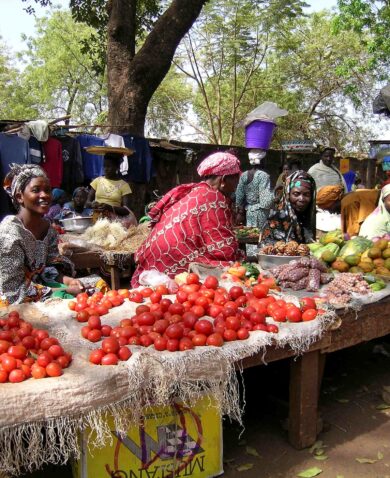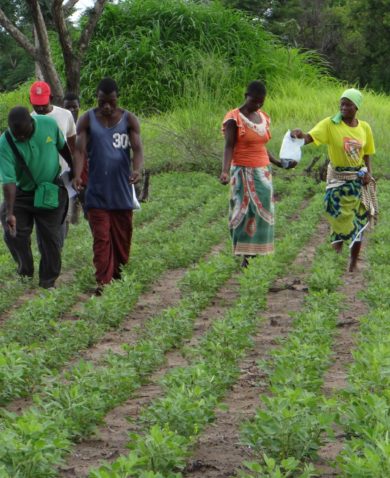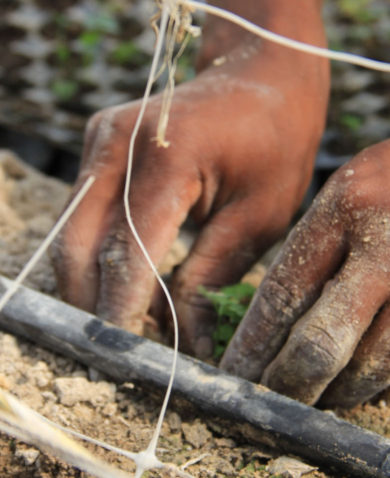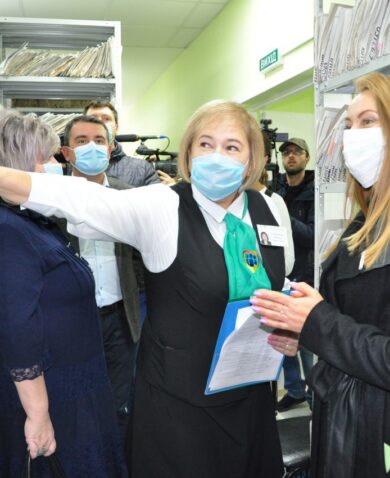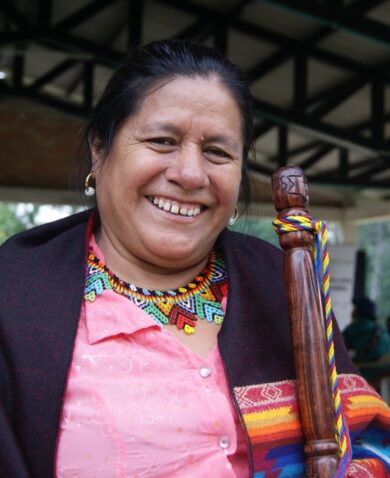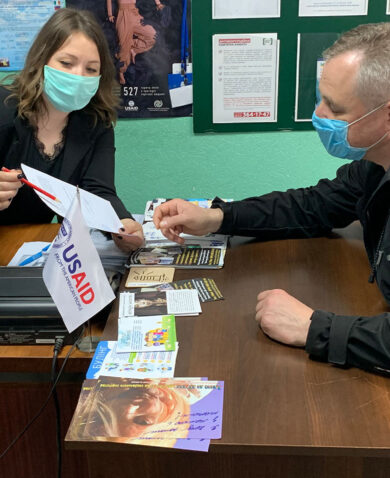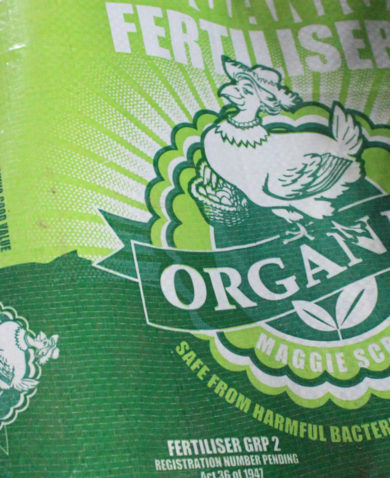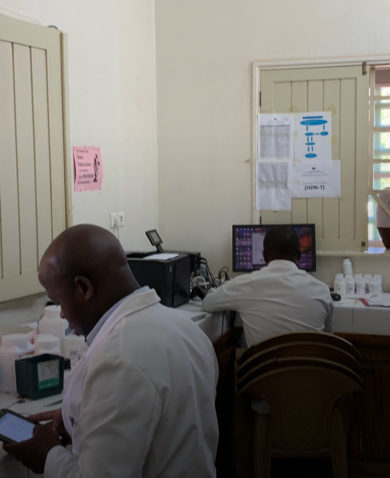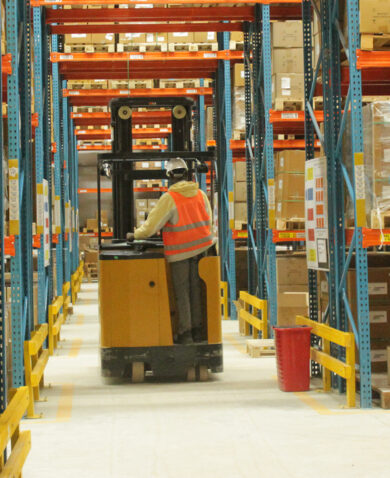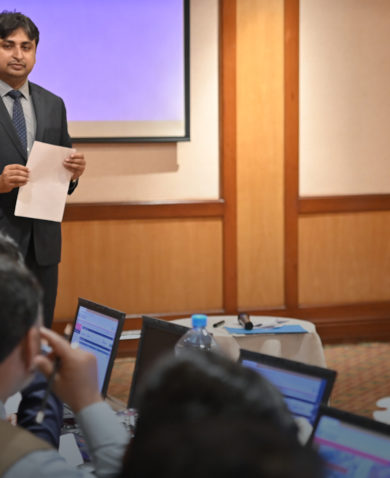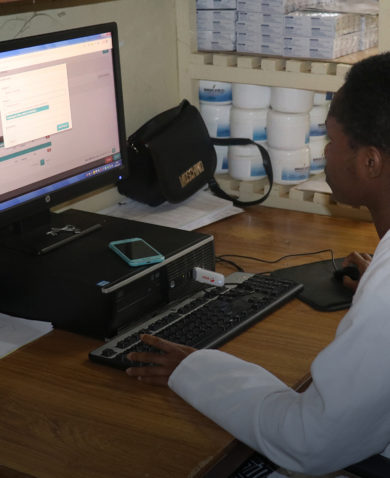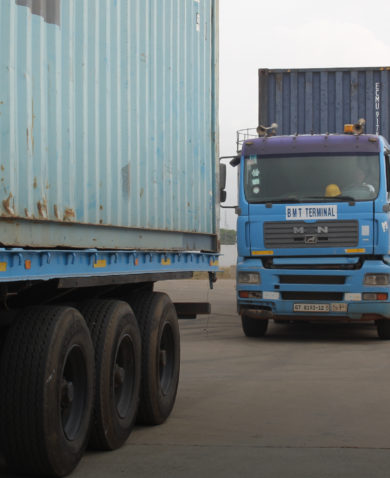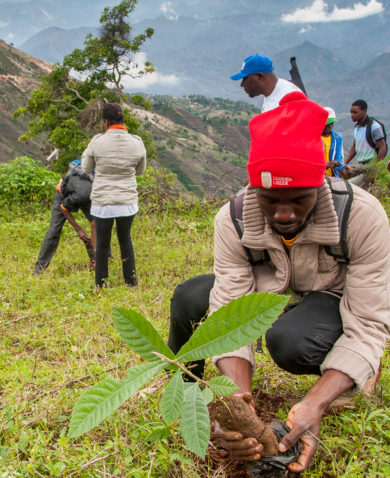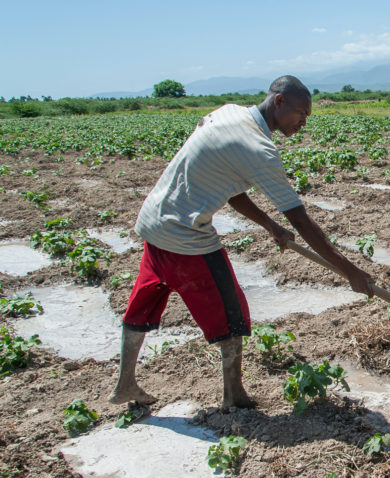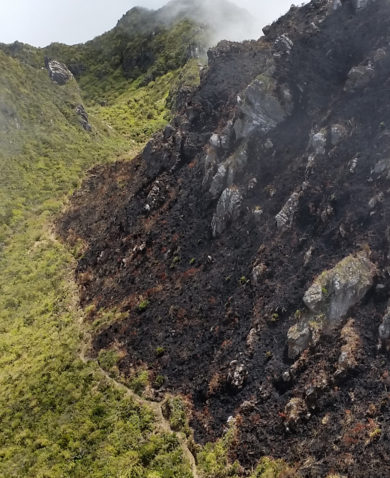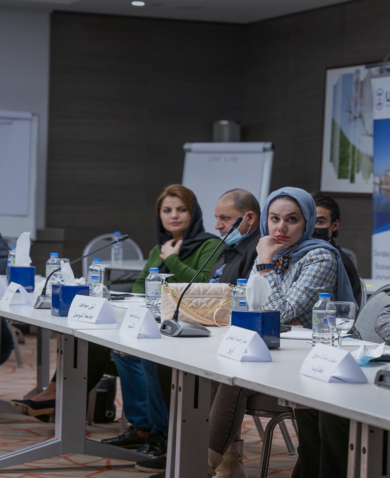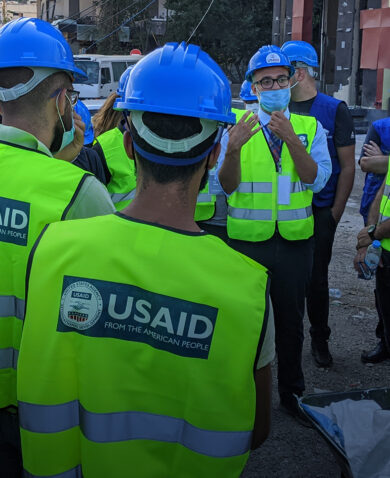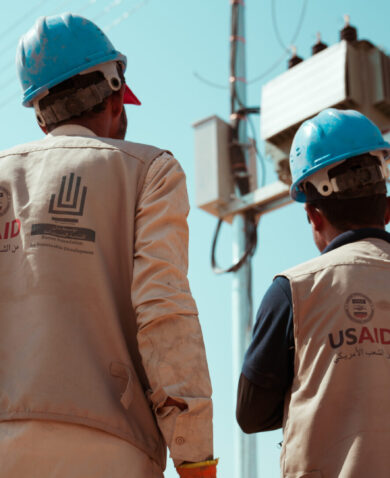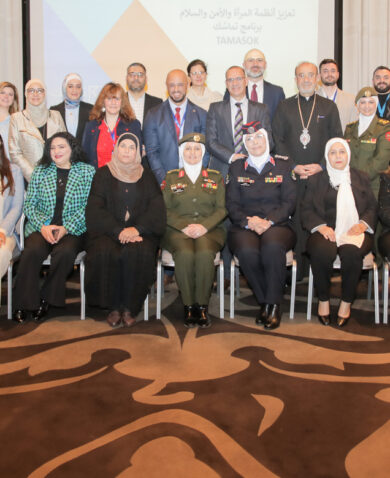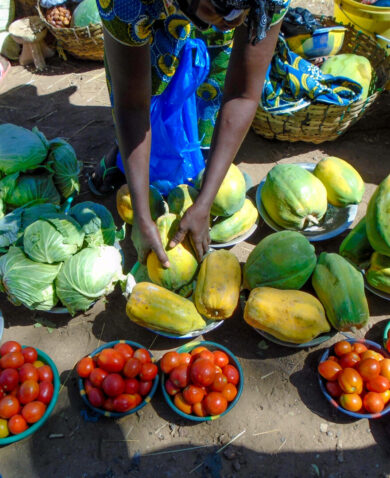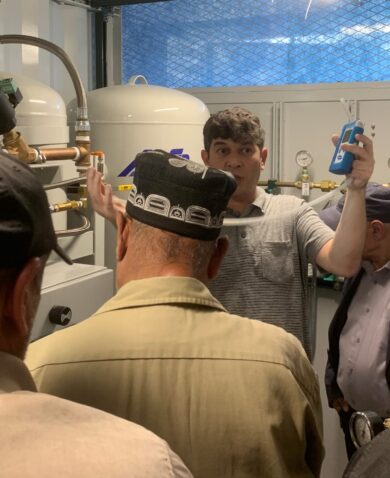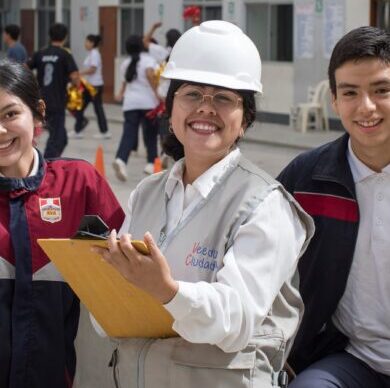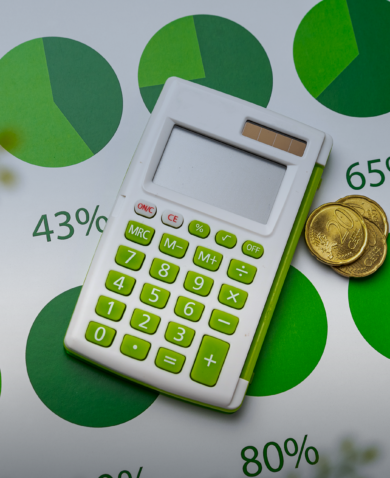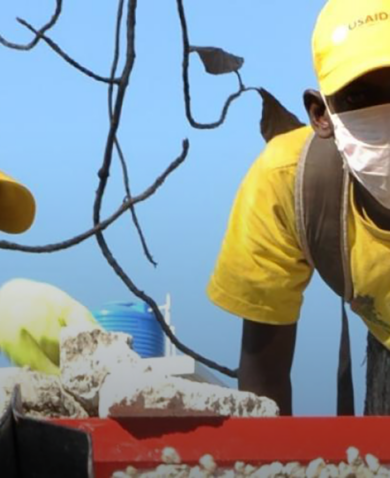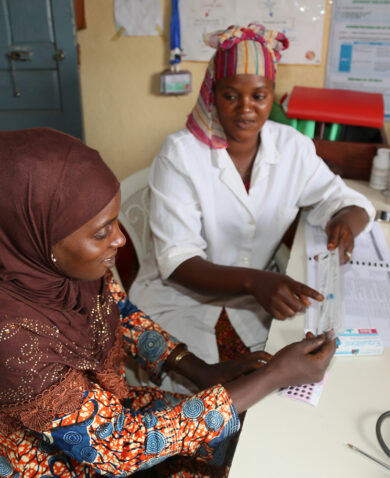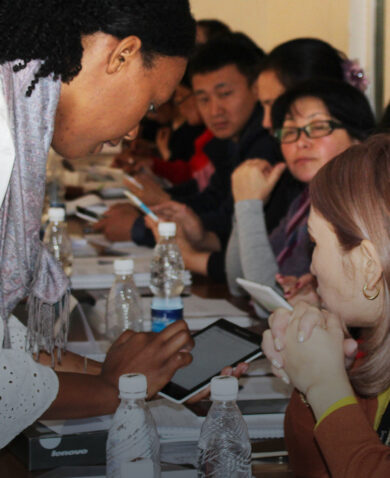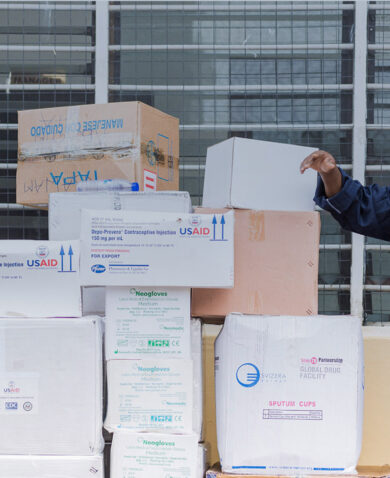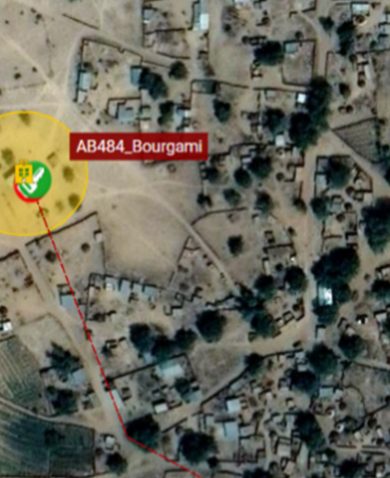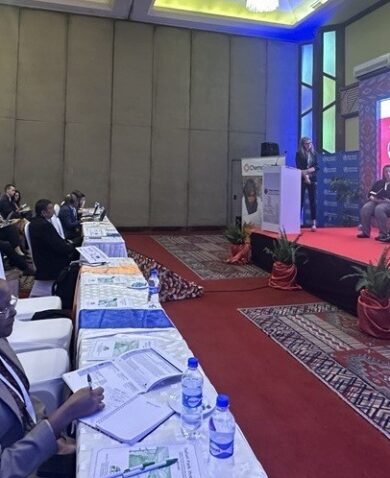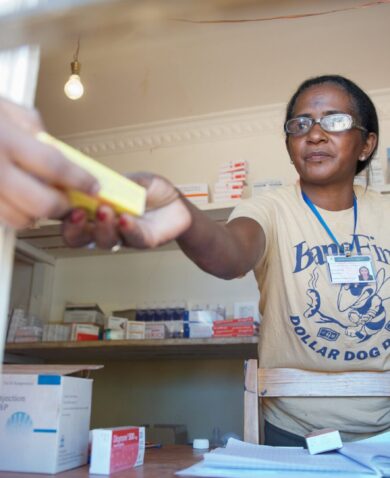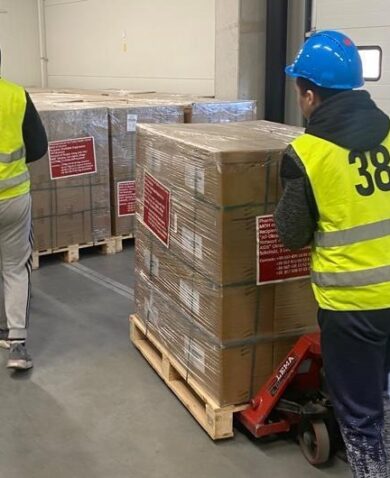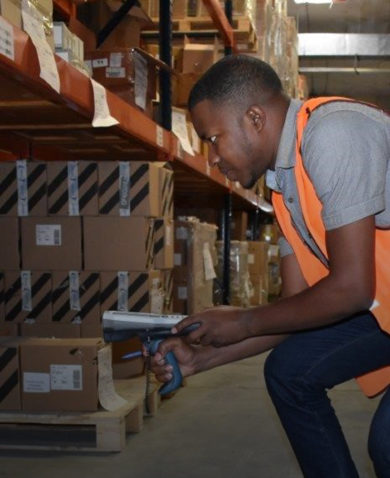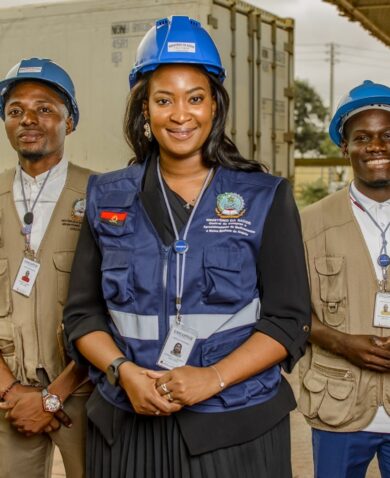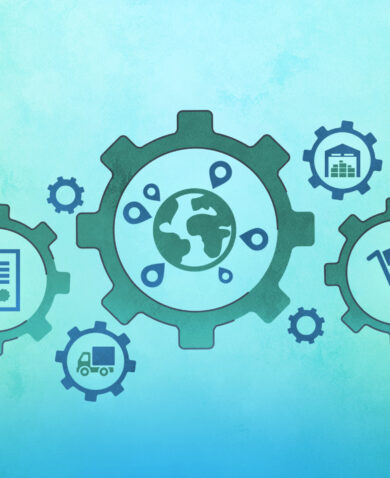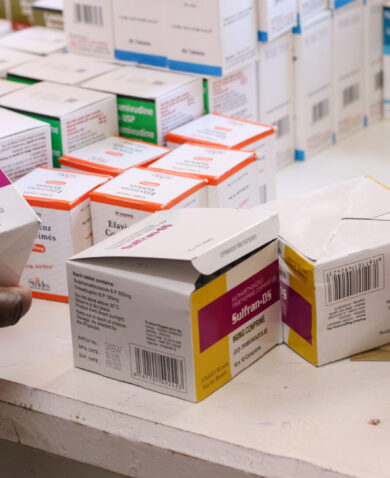
Increasing Resiliency in the Face of Disaster: Four Best Practices
September 20, 2018 | 4 Minute ReadHow can implementing partners and international NGOs help countries establish a solid foundation to prepare for, respond to, and rebuild after disasters? When it comes to increasing resilience, these four practices are a good place to start.
As Category 4 Hurricane Florence barreled toward the Southeast of the United States last week, preliminary damage estimates indicated 758,000 homes across three states could be impacted. Reconstruction costs were estimated at $170.2 billion. Despite the dire forecast and its associated challenges, however, the United States is one of the countries most prepared to respond to disasters of this magnitude.
Although the cost of response and recovery from disasters varies significantly depending on several factors (e.g. geography, population density, income level, availability of insurance), forecasting humanitarian assistance requirements is significantly more complex. Anecdotal evidence indicates that cost and disaster category alone are insufficient indicators for assessing humanitarian response. For example, the 2004 Indian Ocean earthquake and tsunami cost $19.4 billion and resulted in 230,000 fatalities, while the 2012 to 2013 North American drought cost more than $50 billion and resulted in 104 fatalities.
The humanitarian assistance community has gravitated toward one indicator for gauging community preparedness and disaster response support: resilience. Our experience points to four best practices that implementing partners and international non-governmental organizations (NGOs) can leverage throughout the disaster management lifecycle (i.e., prevention, protection, mitigation, response, and recovery) to strengthen resiliency.
1. Localize Solutions
If a country is preparing for or is in the aftermath of a disaster, mapping and engaging relevant local stakeholders (e.g., governments, civil society, community organizations, private sector, first responders) is the most effective way to support planning and recovery efforts. They will drive the design of solutions and often lead the initial response and recovery.
In the aftermath of the 2010 earthquake in Haiti, Chemonics worked with local actors to support economic growth by investing in public institutions and facilitated neighborhood revitalization projects to improve governance. At every point during implementation, we prioritized using Haitian expertise, Haitian goods, and Haitian companies. For our post-earthquake programs, more than 90 percent of the staff were Haitian, many in key leadership positions. Our team of passionate local staff engaged directly with a diverse array of community leaders prior to and during every activity.
Implementing partners and international NGOs must have a clear understanding of the local context and needs before responding. In humanitarian responses, our organizations feel the urgency to act promptly, but we risk sacrificing effectiveness and cluttering the response process if we don’t work with local stakeholders.
2. Plan, Plan, Plan
Implementing partners and international NGOs will help governments increase their resiliency to disasters when we help them strengthen their systems and capacity. In one example from the Philippines, Chemonics trained more than 50 officials of the Department of Environment and Natural Resources and the Bureau of Fire Protection staff in wildfire preparedness. While strengthening their capacity to prepare for and respond to wildfires, the trainees recognized the importance of grassroots ownership of wildfire preparedness initiatives. As Mount Apo Park Operations Superintendent Eduard Ragaza reflected, “With this training, we can share what we learned with communities around Mt. Apo and encourage them to be our active partners in combating and even preventing forest fires.”
It is critical to design and update local and regional disaster response and recovery strategies so that they feed into one integrated national strategy. There should be one agency that leads the response and has full responsibility for establishing priorities and disbursing resources. Building partnerships in advance with local networks that are consistently present on the ground, such as private logistics companies and freight forwarders, can increase response support for prepositioning of commodities and distribution when needed.
3. Leverage Technology to Increase Access
Using technological solutions appropriate to the local context is a powerful tool to increase access to information on the ground, increasing the effectiveness of our response. In Mozambique, most of the population lives in coastal cities, which are vulnerable to natural disasters. Despite this, residents sometimes lack access to early-warning information about approaching storms or potential flooding zones. Using DataWinners — an early-warning system that complements the government’s early-warning system by adding a data-collection component — community networks share pre-disaster warning messages and collect real-time, post-disaster data. DataWinners is the first two-way warning system in Mozambique to use cell phones, making it a low-cost and innovative solution.
4. Increase Data Visibility in your Supply Chain
Supply chains in humanitarian operations require a high level of data visibility for decision-making. Collecting supply chain data for commodities is no small feat, especially in countries with limited resources. It requires a supplier who regularly updates the shipment status of an order, freight forwarders to manage multiple products as they move through the supply chain, and humanitarian aid workers who monitor what commodities are still in stock and submit reliable data on how much more is needed.
Under the USAID Global Health Supply Chain Program – Procurement and Supply Management (GHSC-PSM) project, we have set up systems like the Automated Requisition Tracking Management Information System (ARTMIS), which provides a catalog of more than 10,000 products provided by 325 suppliers across four major health areas. The system is designed to provide end-to-end, real-time visibility into the global health supply chain, primarily to the central medical store in each country, to ensure immediate transfer of information and to enable evidence-based decision-making.
If followed, the four best practices described above can help increase country resiliency by establishing a solid foundation to prepare for, respond to, and rebuild after disasters. Higher coordination among governments, donors, implementing partners, and international NGOs can help make this happen.
Blog posts on the Chemonics blog represent the views of the authors and do not necessarily represent the views of Chemonics.






